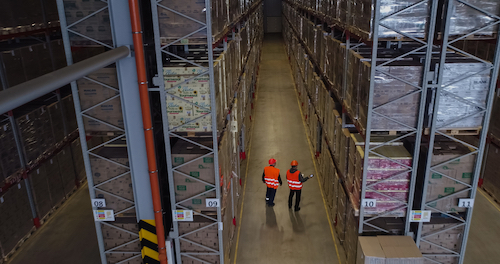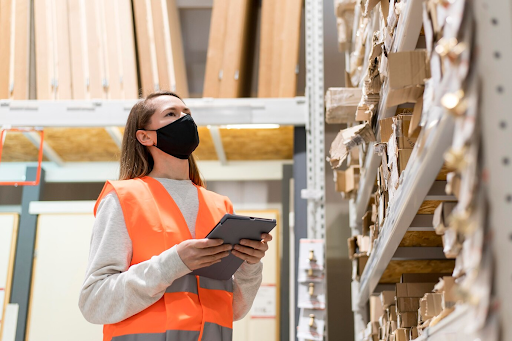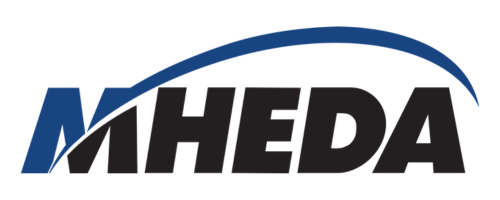One of the most important issues that warehouse managers have to struggle with is the problem of optimizing storage space and determining which solution is the best depending on their unique situation. No business has unlimited resources, so learning about the best practices when it comes to storage options is the principal step in warehouse processes. When storage is not done properly, it can increase warehouse costs and plummet overall productivity benchmarks. In this article, we will help you choose between push-back pallet racking and drive-in racking systems.
What are push-back racking and drive-in racking?
Push-back pallet racking is a technique of storing pallets that are pushed back from the front of the rack. It is also known as a “push-back pallet rack” or “push-back storage” and it has many benefits over traditional pallet racks. Push-back racks can be used in most warehouses, regardless of size or type, especially those with limited storage space. They are often employed when there is a need to store large quantities of pallets and products of various sizes.
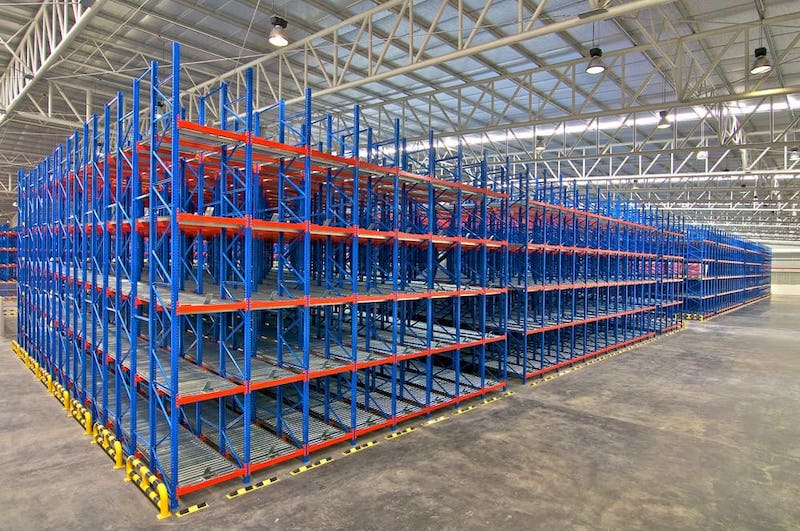
Meanwhile, a drive-in pallet racking system is a type of storage rack that is designed to store pallets of goods at the front of the rack instead of at the back. Its goal is to maximize warehouse space by storing more items in less space. Drive-in pallet racks are typically used for high volume, low-value products or those with short shelf lives, such as fresh produce and packaged food.
Possible applications for these types of storage solutions
Push-back pallet racking systems can be used in any warehouse, regardless of size or type, especially those with limited storage space. They are often used when there is a need to store large quantities of pallets and products of various sizes.
Push-back rack systems are ideal for the following applications and industries:
- Perishables
- Staging
- Beverages
- Pharmaceuticals
- Manufacturing
- Automotive
Drive-in pallet racks are typically used for high volume, low-value products or those with short shelf lives, such as fresh produce and packaged food. These types of storage systems are used for:
- Cold storage
- Food and beverage
- Groceries
- Manufactures with limited SKU counts
Features and similarities between push-back racking and drive-in racking
Let’s take a look at what sets these warehouse storage solutions apart.
Optimizes vertical storage space
Push-back racking and drive-in racking are known in the business as gravity storage racks, which are used to store goods in an upright position.
Pallets jams
Push-back pallet racks and drive-in pallet racks offer low pallet jams within the system.
System derails
Push-back pallet racks and drive-in pallet racks offer a high-quality derail system that prevents accidents while handling the merchandise.
Forklift attachment
Push-back and drive-in pallets do not require the use of special attachments on the forks to allow them to hold the pallet when backing out.
What are the differences between push-back and drive-in racks?
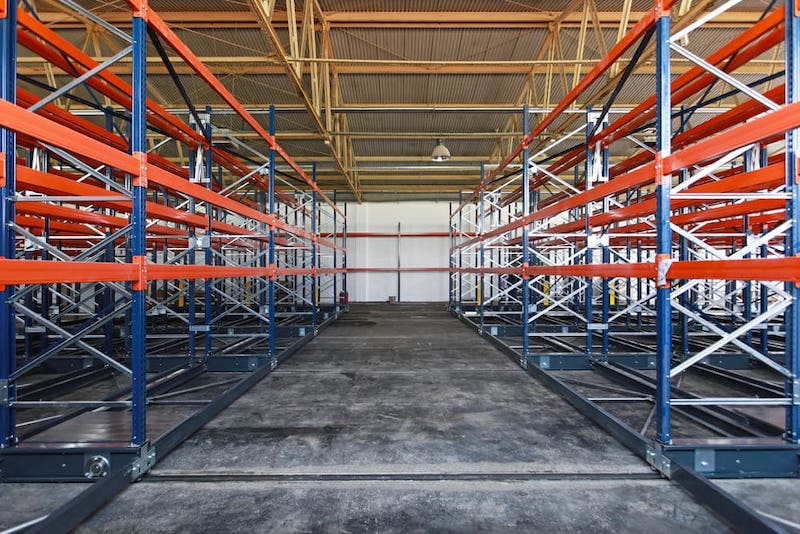
Now, let’s dive deep and understand the differences between these solutions.
Storage system
Push-back pallet racking is a high-density, high-efficiency storage system while drive-in pallet racking is a high-density, medium-efficiency system that both improves pallets stock per SKU.
Time saver
The push-back rack saves time on every pallet picked since they move to the front of the system for picking. On the contrary, the drive-in rack requires driving into the rack system for picking.
Depth restrictions
A push-back pallet rack works with different depths, but it must be designed that way before usage. The drive-in rack can be modified according to storage needs, it has no depth restrictions.
Storage applications
Push-back racks are used for storing and moving small, light, or delicate items that need to be stored or transported in a tight space. The drive-in pallet racks are used for storing and moving larger items that need to be stored or transported on open floor space.
Product damage potential
Warehouse managers prefer to use push-back pallet systems since there are no issues with product damage. The drive-in rack doesn’t offer the same assurance, it has a medium rate possibility of damage to the merchandise.
What are the advantages and disadvantages of push-back racking?
Advantages
- Higher density storage system
- Compatible with a standard forklift
- Pallets will move forward with gravity
- Faster loading and unloading
- Decreased labour costs
- Accessible stock rotation
- No stock damage
- Optimizes up to 90% of warehouse space
- Low maintenance-free-design
- Adapts to other types of racking systems
Disadvantages
- Limited pallet accessibility
- Limited compatibility with perishable products
What are the advantages and disadvantages of drive-in racking?
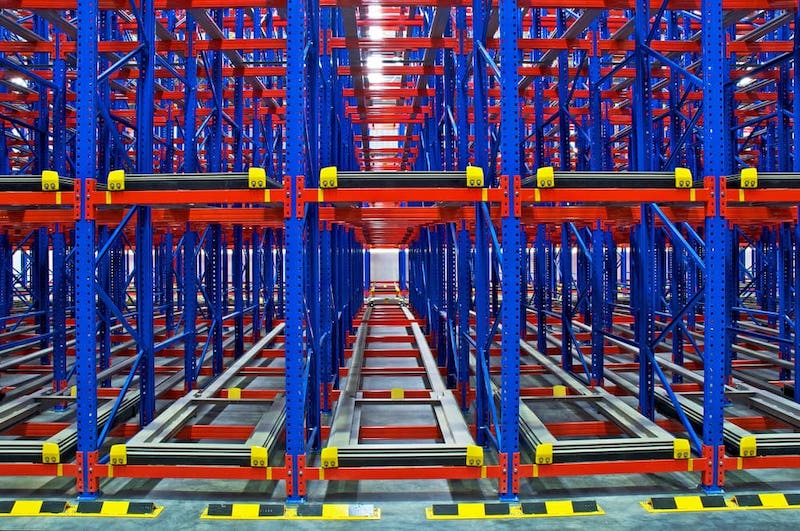
Advantages
- High storage density system
- Low capital investment
- Stores pallets back-to-back without aisles
Disadvantages
- Does not allow for SKU increase
- Low storage utilization space
- Low productivity
- Standardized pallets
- Higher risk of product damage by fork
- Last In First Out (LIFO)
- Unable to rotate
Which type of racking is better for your operation?
Push-back pallet racking is a type of warehouse management system that stores goods in a push-back rack. This type of rack works better when used with products that are not heavy. Drive-in pallet racks are the opposite. Goods are stored on the drive-in racks and pushed in from the front. This type of rack is best employed when the products are heavy and they are difficult to move — it all depends on the warehouse’s needs. Factors such as space, safety, loading efficiency, etc. must be taken into consideration when deciding between push-back racks vs drive-in racks. The main goal when deciding should be optimizing storage space to increase productivity and decrease warehouse costs.
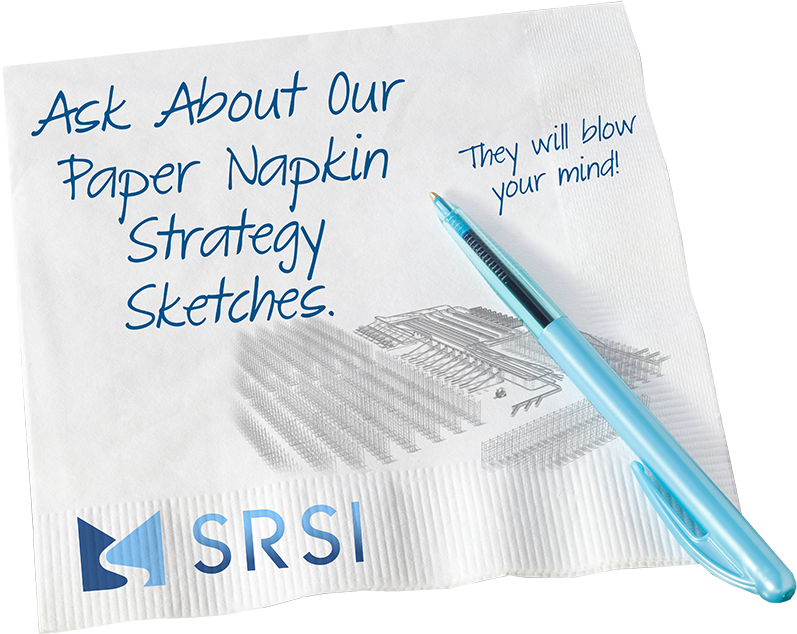 Skip to main content
Skip to main content
